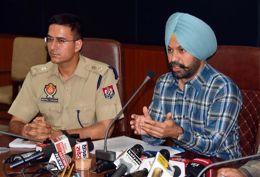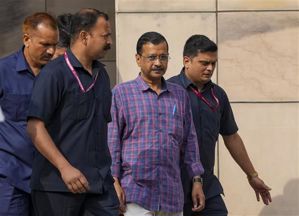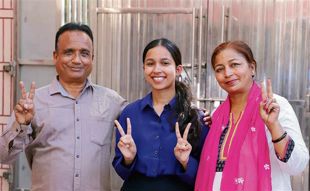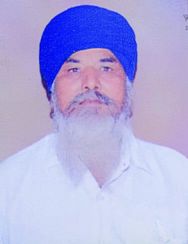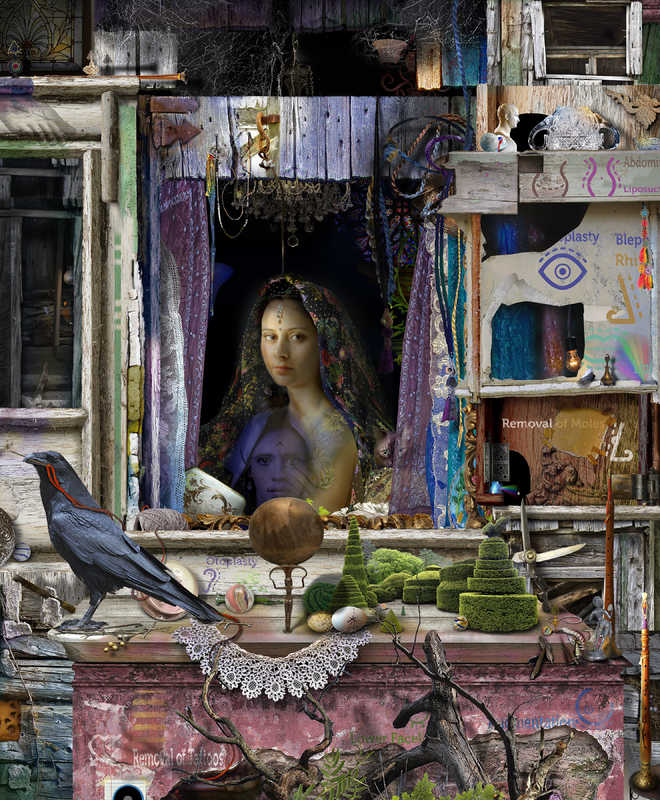
The Great Toparist’s Astonishing Dilemma by Ranbir Kaleka
Nonika Singh
Monalisa, the half-length portrait by Italian Renaissance artist Leonardo da Vinci, till date remains the most visited and seen painting in the world. About 80 lakh people visit Louvre Museum each year and almost everyone wants to see the 16th century painting. In 2014, 80 per cent visitors are believed to have visited the museum precisely to savour the beauty of the enigmatic portrait. Renowned Mexican artist Frida Kahlo is best remembered for her haunting self portraits that spoke in the language of suffering. Her oeuvre of nearly 150 paintings comprises 55 portraits. Closer home, Indo-Hungarian artist Amrita Sher-Gil is hailed as one of the greatest avant-garde women artists of the early 20th century. Her paintings, including self-portraits, are undeniably at the centre of her creativity, fame and acclaim.
That is the power of portraiture: it is timeless and classic. Yet, today the genre does not find much favour among painters, more so in India. Despite the ceaseless interest in portraiture art, the takers are few and practitioners of the art not too many. Portrait specialist RM Singh, who has just returned from France after breathing life into the portrait of Henri Prevost Allard, the great grandson of General Jean-Francois Allard, one of the army generals of Maharaja Ranjit Singh, spells out the reasons: “Today, few artists possess the requisite skill and methodology to delve into the painstaking art of portrait making.” In comparison, he stresses that abstraction is an easy game that any newbie artist can indulge in.
Mastering the grammar of portraiture in line with greats such as Sobha Singh is an arduous task no doubt. However, the answer to dwindling interest in portraits is not that simplistic. Internationally recognised US-based artist Vilas Tonape, who taught a thing or two about portraits to the former US President George Bush, is more analytical. He goes back in time to inform that unlike popular belief, portraiture art, and not abstraction, came from the West. Citing Wassily Kandinsky, master of abstraction, who sought inspiration from Indian tantra art, Tonape believes more Indian artists today consider portraiture as indigenous. Call it the residue of colonialism stuck on our brain stems or fixation for West, he adds, “Just as all things western are considered superior, we think abstraction is better for, rather fallaciously, we presume it has come from the West too.”
Between the inability to paint portraits to considering it an infra dig art activity, the real reasons perhaps lie somewhere else. Veteran artist Prem Singh observes, “In India, few artists are using it as creative contemporary expression. Since more are into commissioned assignments, artists are unable to go beyond what has been already done.” In the West, artists inspired by Rembrandt and other masters of realism, use portraits to make potent artistic statements. The list of artists like Kehinde Wiley and Chuck Close, who have reinvented portraiture, is rather long, if not exhaustive. Taking cues from old masters like Rubens and Jacques-Louis David, Wiley’s works speak of racial identity. Close uses square and bits of photos to complete the big picture.
In India, acclaimed artist Ranbir Kaleka employs faces to make many a pertinent point. While his moving images are as experimental as it can get, his faces, like that of Kalki Koechlin, are unfailingly and unerringly real. In the day and age of photography and digital medium, he reveals the joy of painting a face thus: “When you make it stroke by stroke, it is as if skin is being built. When an artist creates a face, it is almost as if a bit of himself goes into it.” Any wonder then that renowned artist Krishen Khanna calls all of his figures self-portraits?
Nevertheless, over the years, portraiture has moved down in the hierarchy of art. As Kaleka puts it, “There are hardly any biennales around the world that feature portraiture art. It’s a question of what gets prioritised.” Still, faces for him will never lose significance. He says, “One can’t be substituted with another. Each face suggests a different story. The beauty lies in the mystery that never gets fully revealed and is for this reason that we go back to it again and again.”
Only if more artists go beyond the visual, if only they add the extra dimension that mirrors not just the face’s contours, but the social times in which it is visualised, will portraiture art find meaning. As Prem Singh says, “Mere documentation is irrelevant, camera can/does it better.” Tonape, whose one particular work juxtaposes three portraits — his own, Frida Kahlo’s and that of an African woman — finding a parallel between three cultures, couldn’t agree more. Unless a painted portrait provokes and is imbued with a thought… photo artists will continue to have an upper edge.






















